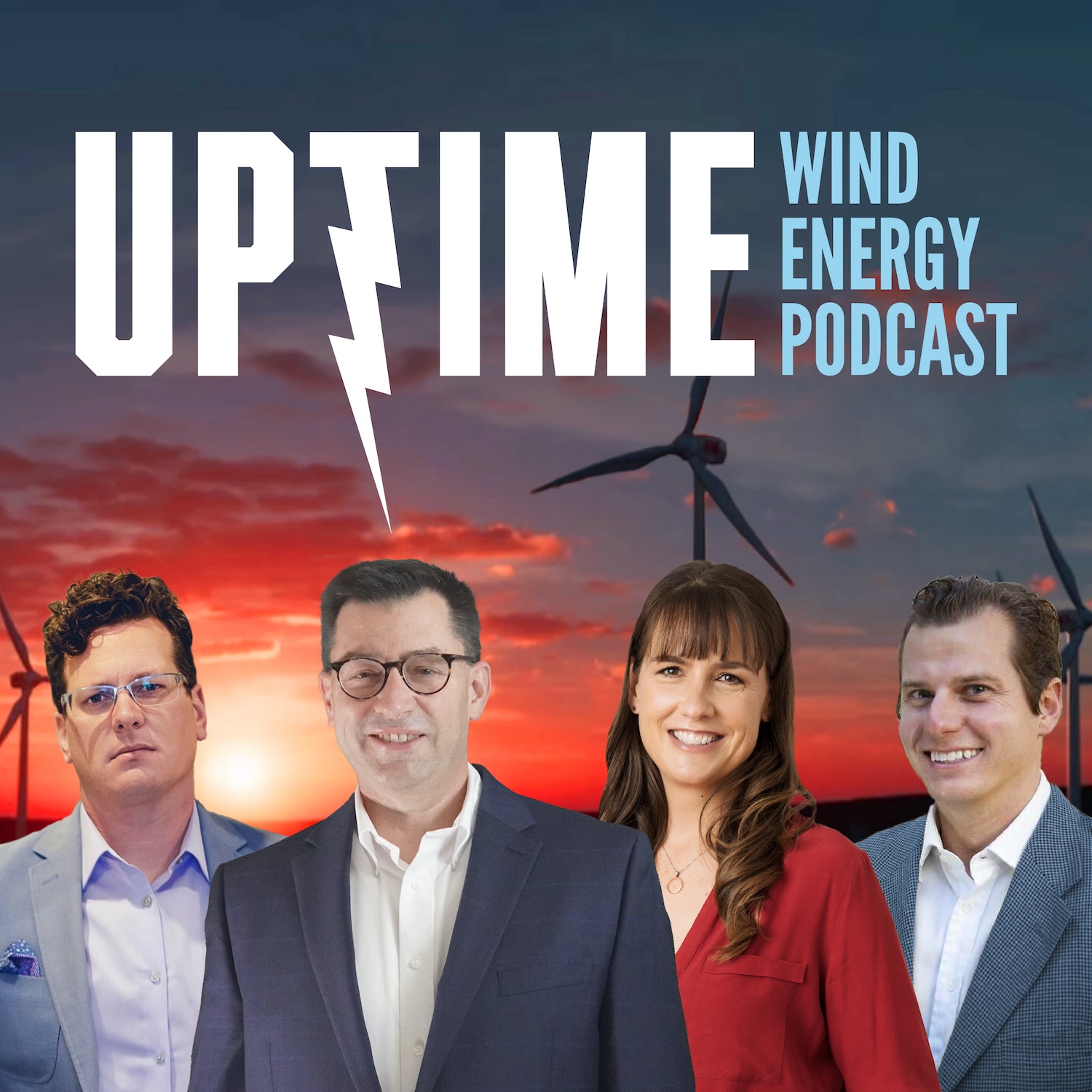Vestas Offshore Blade Repair, Siemens Gamesa Floating Power Optimization
Description
This week on Uptime Power-Up we discuss Vestas' offshore blade repair method, Siemens Gamesa's way of optimizing power production for floating turbines, and a fun way for kid's to collect their Halloween candy.
ign up now for Uptime Tech News, our weekly email update on all things wind technology. This episode is sponsored by Weather Guard Lightning Tech. Learn more about Weather Guard's StrikeTape Wind Turbine LPS retrofit. Follow the show on Facebook, YouTube, Twitter, Linkedin and visit Weather Guard on the web. And subscribe to Rosemary Barnes' YouTube channel here. Have a question we can answer on the show? Email us!
Pardalote Consulting - https://www.pardaloteconsulting.comWeather Guard Lightning Tech - www.weatherguardwind.comIntelstor - https://www.intelstor.comWind Energy O&M Australia Conference - https://www.windaustralia.com
Allen Hall: Welcome to Power Up, the Uptime Podcast focused on the new hot off the press technology that can change the world. Follow along with me, Allen Hall, and IntelStor's Phil Totaro, as we discuss the weird, the wild, and the game changing ideas that will charge your energy future.
All right, our first idea is from our friends at Vestas, and it is a a relatively sophisticated system for handling wind turned blades during maintenance, particularly offshore. And if you think about how you try to manipulate a blade offshore to do repair work on it, it's not, it's not easy to do that on the deck of a ship.
So the, the concept is you take a crane, get the blade off the turbine, you move it down to the deck of the ship and it sits in these cradles. And they move it from the support cradles to a third device, which allows the blade to rotate. And they could slide it into a shelter that's built up on deck so you can actually repair the blade without getting wet or, or too hot or too cold, probably, probably too cold in most cases which is a really difficult task to do and Vestas, Phil, has, has come up with a really unique idea on how to manage this.
Philip Totaro: Yeah, this, this one is very Interesting, because we have comparable systems to this onshore, but it's obviously a lot harder to implement offshore. So, for instance, having the tent, it's going to sound like the stupidest thing ever, just like having a tent around the blade to be able to, protect the, the area that you're scarfing out or whatever, if you're doing that kind of a repair.
That's, that's important. That's an important consideration. And while it's obviously possible to do that today offshore the fact that you would have to use the crane to, place and pick or use the, um, the fixtures that are attached to the crane to rotate the blade and then lower it into the cradle.
That can be complicated and time consuming and expensive to do with the on board crane on the vessel. So, the fact that you can lower it into this rotating,
More Episodes
Allen Hall and Joel Saxum talk with Cory Mittleider from Malloy Wind about the complex world of wind turbine main bearings. Cory breaks down why traditional bearing coatings are failing in newer turbine models and explores how electrical discharge, material choices, and monitoring systems play...
Published 11/21/24
Published 11/21/24
This episode covers Vestas's manufacturing growth in Italy and Siemens Gamesa's quarterly results showing both gains and ongoing challenges. The hosts explore how the U.S. election results could reshape renewable energy markets, with discussions ranging from grid infrastructure to natural gas...
Published 11/19/24


